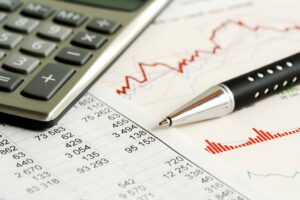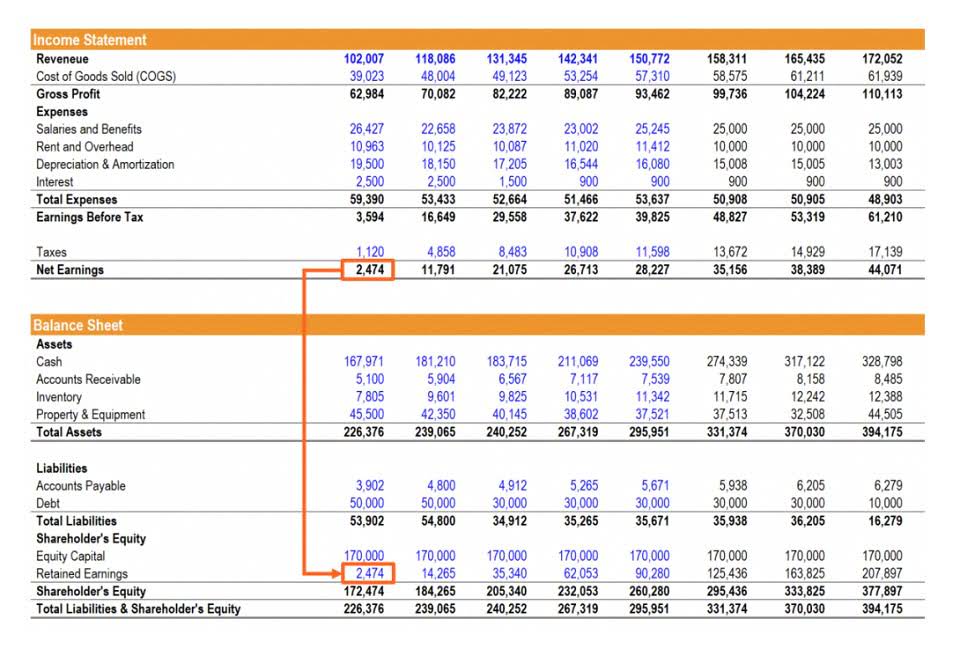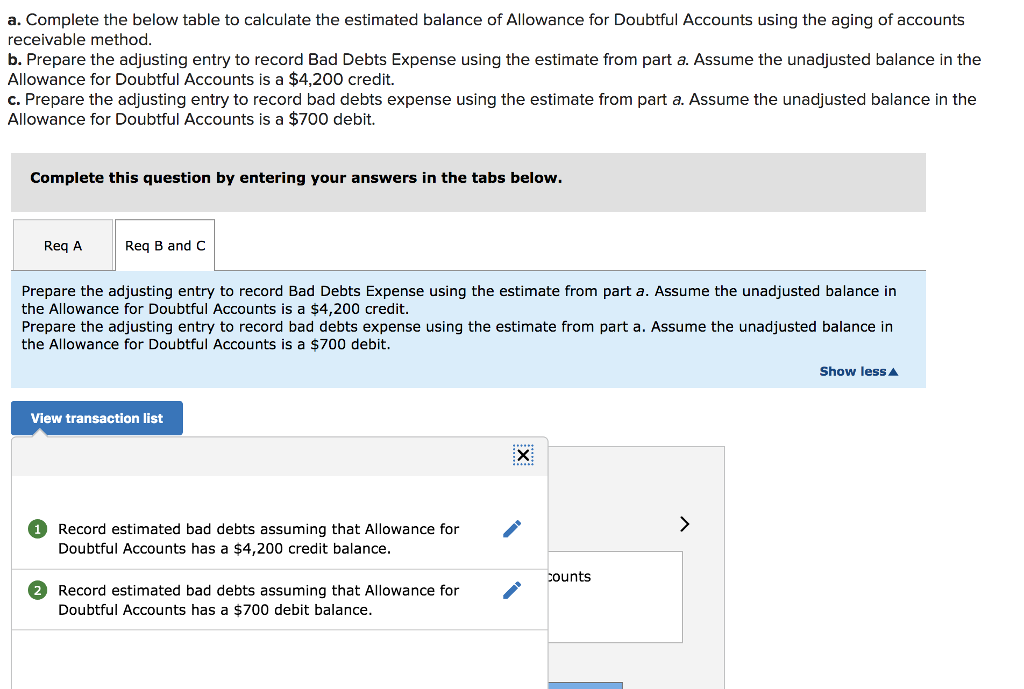Finally, subtract the tax on the gain or add the tax on the loss to the net selling price to get the after-tax salvage value. The acquisition cost, or purchase price, includes the initial investment in an asset. It encompasses not only the purchase price but also expenses like delivery, installation, and modifications necessary for the asset’s use. According to Generally Accepted Accounting Principles (GAAP), these costs should be capitalized and reflected on the balance sheet as part of the asset’s recorded value.
What are some factors that can impact after-tax salvage value?
On the other hand, neglected or poorly maintained assets may have a reduced salvage value due to their diminished condition. The demand and supply of salvaged assets can fluctuate, affecting their value. If the market is saturated with similar assets, the salvage value may be lower due to decreased demand. Conversely, if there is high demand for a particular type of asset, the salvage value may increase.
- Changes in exchange rates can affect the value of assets in different currencies.
- There are other methods of depreciation besides straight line, and they’re used to gain tax or cash flow advantages.
- This is the most the company can claim as depreciation for tax and sale purposes.
- For example, if a construction company can sell an inoperable crane for parts at a price of $5,000, that is the crane’s salvage value.
- The salvage value is subtracted from the asset’s original cost to determine the total amount of depreciation.
The buyer will want to pay the lowest possible price for the company and will claim higher depreciation of the seller’s assets than the seller would. This is often heavily negotiated because, in industries like manufacturing, the provenance of their assets comprise a major part of their company’s top-line worth. Salvage value is the estimated value of an asset that can be recovered at the end of its useful life. It is used in depreciation calculations to determine the asset’s depreciable base. For tax purposes, the IRS typically requires businesses to use the Modified Accelerated Cost Recovery System (MACRS) to calculate depreciation.
Understanding Residual Value
If you earn capital gains on the disposal of an asset, you’ll typically be required to pay tax on that amount. The tax rate will depend on your jurisdiction and its applicable after tax salvage value formula tax laws. In the case of capital losses, they can often offset other capital gains or be carried forward to offset future gains. Understanding after tax salvage value is a crucial component in determining the overall profitability of an investment or asset.
How to Calculate Salvage Value?
- Calculating depreciation with consideration of the salvage value ensures that the asset’s cost is accurately spread over its useful life.
- Anne Wiegand is a seasoned writer with a passion for sharing insightful commentary on the world of finance.
- Starting from the original cost of purchase, we must deduct the product of the annual depreciation expense and the number of years.
- The salvage value is important for accounting purposes as it allows for the calculation of depreciation expense.
Therefore, the salvage value of the machinery after its effective life of usage is Nil. BHEL Limited installed Engineering machinery costing INR 1,000,000 has a useful life of 10 years. Initial cost and salvage value Any cash outflows required to acquire an asset and put it in a suitable position and condition for its intended use are included in the asset’s initial cost. If an investment has a salvage value, it is a cash inflow from the asset’s disposal year. The estimated amount that a company will receive at the end of a plant asset’s useful life is known as a salvage value in accounting. Calculating after tax salvage value is an essential aspect of managing assets and making informed financial decisions for businesses and individuals alike.
It impacts the calculation of depreciation expense, which in turn affects net income and tax liabilities. Furthermore, knowing the salvage value helps businesses in decision-making regarding asset replacement or disposal. In many cases, salvage value may only reflect the value of the asset at the end of its life without consideration of selling costs. There are several says a company can estimate the salvage value of an asset. This method assumes that the salvage value is a percentage of the asset’s original cost. To calculate the salvage value using this method, multiply the asset’s original cost by the salvage value percentage.
Calculate the annual depreciation by subtracting the residual value from the PP&E purchase price and dividing that amount by the useful life assumption. This often involves dismantling and disposal costs, which can be offset by recycling or repurposing components. Depreciation is an essential measurement because it is frequently tax-deductible. Salvage value is defined as the book value of the asset once the depreciation has been completely expensed.
How do I calculate the value after tax?
Economic factors such as inflation and currency fluctuations can significantly impact salvage value. Inflation reduces the purchasing power of future salvage value, while currency fluctuations affect the value of assets traded internationally. These costs include the expenses for dismantling, removing, and transporting the asset, which can be substantial. For instance, if you’re disposing of a large machinery, the costs of breaking it down into smaller parts and transporting them to a recycling facility can be high.
The units of production method ties depreciation to actual usage, making it ideal for assets whose wear and tear directly correlate with output levels, such as manufacturing machinery. This method requires precise tracking of production metrics to ensure depreciation aligns with the asset’s operational contribution. The straight-line method allocates an equal depreciation expense across each period of an asset’s useful life. This method suits assets with consistent usage, such as office furniture or buildings, though it may not reflect actual wear and tear for assets that depreciate more rapidly early on. AI also enhances depreciation forecasting by dynamically adjusting schedules based on real-time data, reducing human error and ensuring compliance with accounting standards.
If the assets have a useful life of seven years, the company would depreciate the assets by $30,000 each year. Next, the annual depreciation can be calculated by subtracting the residual value from the PP&E purchase price and dividing that amount by the useful life assumption. The majority of companies assume the residual value of an asset at the end of its useful life is zero, which maximizes the depreciation expense (and tax benefits). Learn financial statement modeling, DCF, M&A, LBO, Comps and Excel shortcuts. Each year, the depreciation expense is $10,000 and four years have passed, so the accumulated depreciation to date is $40,000. The Salvage Value refers to the residual value of an asset at the end of its useful life assumption, after accounting for total depreciation.
Valuing Unique or Specialized Assets
Depreciation is a crucial concept in accounting, and it’s used to calculate the decrease in value of assets over time. Historical data on asset values, depreciation trends, and market conditions can inform salvage value estimates. This is because historical performance can offer insights into future asset values.
Assets in technology-driven sectors are particularly vulnerable to obsolescence. Understanding these factors is crucial for accurately estimating salvage value. Businesses need to account for these costs in their salvage value estimates to ensure accuracy and compliance with regulations.
This is the most the company can claim as depreciation for tax and sale purposes. Accountants use several methods to depreciate assets, including the straight-line basis, declining balance method, and units of production method. Each method uses a different calculation to assign a dollar value to an asset’s depreciation during an accounting year. As the salvage value is extremely minimal, the organizations may depreciate their assets to $0. The salvage amount or value holds an important place while calculating depreciation and can affect the total depreciable amount used by the company in its depreciation schedule.











